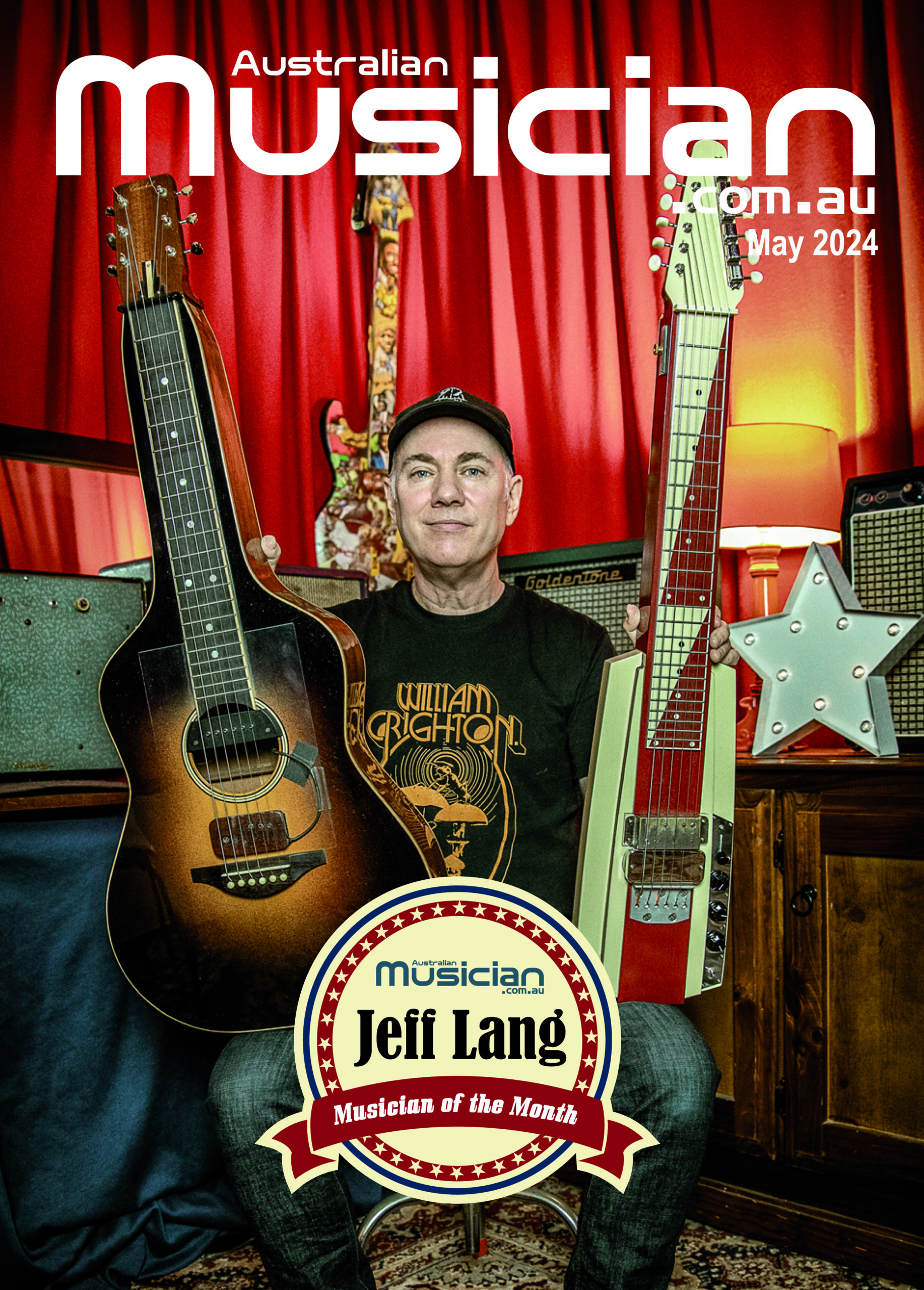
Jesse Delaney checks out the new Boss Waza Craft SD-1W Super Over Drive
Random occupier of gig bags, print design on T-shirts for cool kids and the undying, ubiquitous mainstay of pedalboards across a silly amount of genres and playing styles. But why has Boss, (which is pretty much the first name that springs to mind when thinking guitar pedals), seen fit to release a line of their classics entitled ‘Waza Craft’, and what does this new SD-1W with the interesting name and little switchy thingy offer exactly?
Flashback to the late 70’s/early 80’s, and Boss had improved their maiden outing of overdriven stompboxery by adding a Tone control to their wildly popular 2-knob OD-1; hence the birth of the now instantly recognizable 3-knob SD-1W. Using a combination of an opamp to boost the signal and Silicon clipping diodes to provide the gain, (variable in the form of a Drive control), with a master volume (Level), Boss sold a squillion of these little yellow things. We now know it’s always done the job of hammering the preamp of a dirty amp damn well, sounds great and is uber reliable, so…. if it ain’t broke, why fix it?
Well, with the Waza Craft re-release, Boss hasn’t ‘fixed’ it, inasmuch as given it bit of a competitive edge. The bottom line is that the 90’s saw an exponential increase in electronically savvy DIY types who with a changed component here, or a slightly bent part of the circuit there, could greatly increase the application and functionality of numerous guitar effects, and the SD-1 was no different. In fact, the most common mod for this circuit was to increase the availability of low end in the SD-1 and the end result is that Boss have capitalised on what modders were doing to their pedal anyway and have presented it ‘pre-worked’ and perfected.
The Waza Craft (roughly translatable to ‘High Performance’) SD-1W is basically a refined and more flexible Super Overdrive. Rather than simply adding a switch that boosts the low end, the Waza Craft version sounds distinctly easier on the ear than the modern standard offering, particularly at band volumes. In comparison to two vintage 1980’s Japanese made SD-1’s I own, the tone is all there. Creamy, warm and full of pleasing low to medium gain crunch, the SD-1W never really suffocates the sound of the amp you’re running through, but rather enhances it.
My one gripe with the originals was that the Tone control was concentrated in the extremes – far left was all dark, little flexibility across the range and then the brightness was concentrated all the way far right. Not so with the Waza, this has been improved and now the Tone control responds smoothly as it turns.
I ran the SD-1W as an overdrive (that is, using the pedal to generate its’ own drive) into a vintage English made Vox AC30 with Celestion Blues and into the new Roland Blues Cube (both set clean and loud). The Waza Craft SD-1W just flat out kills. Straight up Malcolm Young style rhythm crunch, smooth lead sounds and the sustain and compression is balanced fantastically. With the switch set to S (Standard), the midrange is more pronounced and the sound really jumps out in a band mix with plenty of cut. Great for humbucker equipped guitars. Flick the switch to C (Custom) and the low end is back and even a single coil axe into a small 1×12 amp sounds full and ready to be miked and pumped through a front of house system. I would have no hesitation in using that sound live or on a recording. It really is great.
Metal shredders have long known that the SD-1 was the special sauce to put with a Marshall stack…essentially turning it into a mondo generator of brutal crunch when used with the pedal’s Level maxxed, and Drive around 9-12 O’clock. Given that the Waza Craft version has that vintage tone in spades, it totally brought that Judas Priest/Zakk Wylde vibe to my ’78 Marshall 2203 stack. I did find setting the pedal to the Custom side added a little too much low end and resulted in a woolier tone, however switching to the leaner, punchier S side and I was in NWOBHM heaven. I really couldn’t pick the difference between my vintage units and the Waza Craft.
All in all, Boss have taken a gander at what has been happening to their beloved little dirtbox and have presented it as an in-house special, ready to go with improved functionality in the switching options and a return to the classic vintage sound of the 1980’s models. For less than the cost of a vintage unit, never mind the added expense of getting it modded, they’ve totally smashed it. If you’re after that classic sound, with more tonal versatility, the Waza Craft SD-1W is a no brainer.
Snapshot:
The Sound – 5/5
Ease of Use/Control Layout – 5/5
Value for money – 5/5
Overall Verdict – 5/5
Jesse Delaney is the singer, guitarist in Melbourne alternative rock band Crying Sirens
http://cryingsirens.com/


